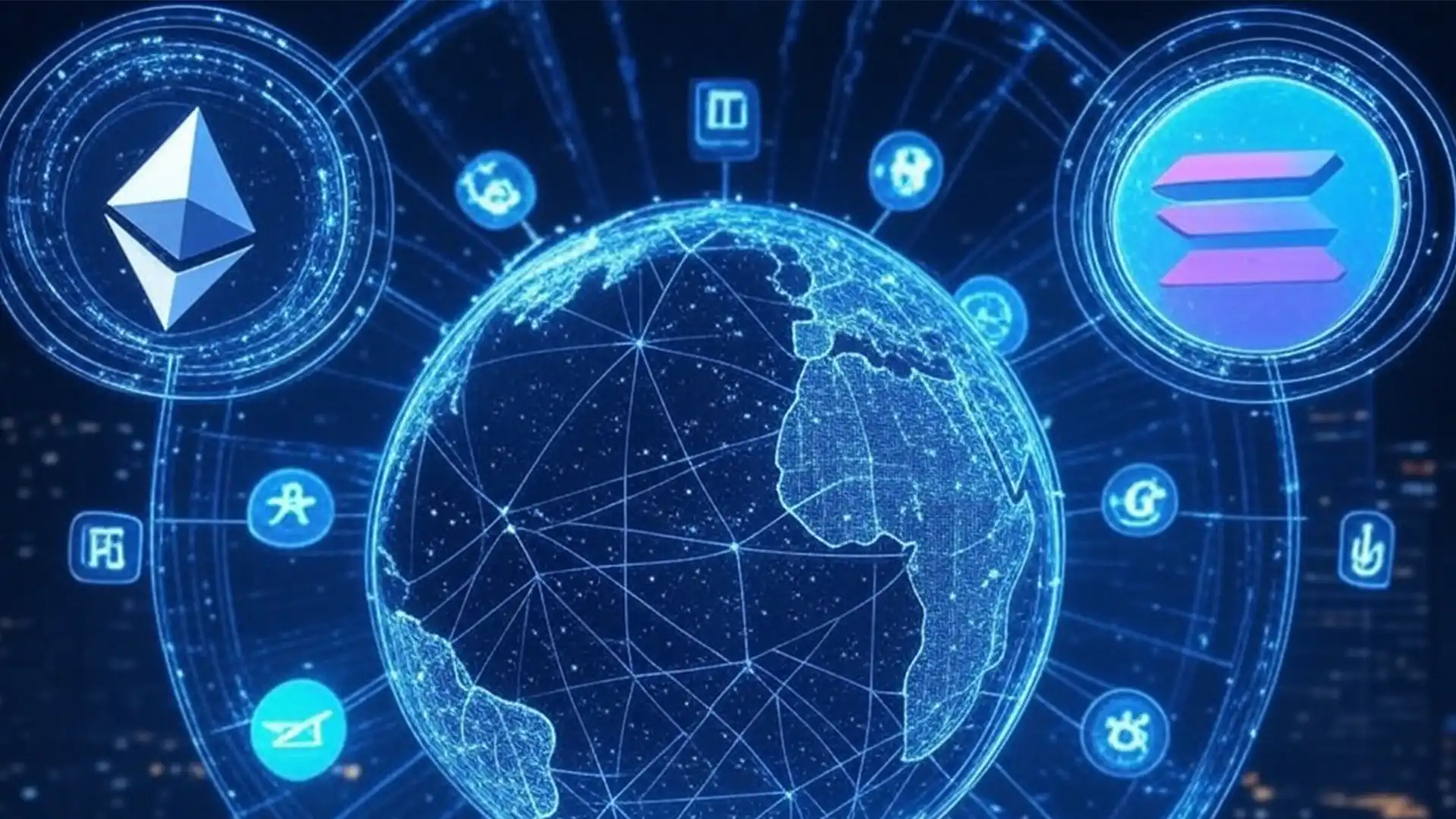Major Cryptocurrencies Overview: A Guide to the Top Digital Assets

In the expanding universe of digital currencies, thousands of cryptocurrencies now exist, each with unique features, use cases, and technological foundations. This guide explores the most significant cryptocurrencies that dominate the market and shape the broader ecosystem.
Bitcoin: The Original Cryptocurrency
Bitcoin (BTC) remains the foundation of the entire cryptocurrency ecosystem, representing the first successful implementation of blockchain technology for digital money.
Key Characteristics
- Created in 2009 by the pseudonymous Satoshi Nakamoto
- Uses proof-of-work consensus to secure the network
- Has a capped supply of 21 million coins, creating digital scarcity
- Functions primarily as a store of value and medium of exchange
- Considered digital gold due to its scarcity and monetary properties
Ethereum: The Programmable Blockchain
Ethereum (ETH) revolutionized the cryptocurrency space by introducing smart contracts – self-executing code that enables complex applications beyond simple transactions.
Key Characteristics
- Launched in 2015 by Vitalik Buterin and a team of developers
- Enables decentralized applications (dApps) and smart contracts
- Transitioned from proof-of-work to proof-of-stake with “The Merge” upgrade
- Powers most of the decentralized finance (DeFi) ecosystem
- Supports the creation of other tokens through standards like ERC-20 and ERC-721 (NFTs)
Binance Coin: The Exchange Token
Binance Coin (BNB) began as a utility token for the Binance exchange but has evolved into the native currency of the Binance Smart Chain ecosystem.
Key Characteristics
- Created in 2017 by the Binance cryptocurrency exchange
- Powers the Binance ecosystem, including Binance Smart Chain
- Offers trading fee discounts on the Binance platform
- Uses a token burn mechanism to reduce supply over time
- Supports a growing ecosystem of decentralized applications
Solana: The High-Performance Blockchain
Solana (SOL) emerged as a high-throughput, low-latency blockchain designed to support scalable decentralized applications.
Key Characteristics
- Launched in 2020 with a focus on performance
- Uses a unique proof-of-history mechanism combined with proof-of-stake
- Capable of processing thousands of transactions per second
- Features low transaction costs (typically fractions of a cent)
- Hosts a vibrant ecosystem of DeFi applications and NFT marketplaces
Cardano: The Research-Driven Blockchain
Cardano (ADA) takes a methodical, research-driven approach to blockchain development, emphasizing security, scalability, and sustainability.
Key Characteristics
- Founded in 2017 by Ethereum co-founder Charles Hoskinson
- Developed using peer-reviewed academic research
- Implements a proof-of-stake consensus called Ouroboros
- Focuses on formal verification for enhanced security
- Aims to provide financial infrastructure for underserved populations
Ripple: The Enterprise Payment Solution
Ripple (XRP) focuses on improving cross-border payments and serving as a bridge currency for financial institutions.
Key Characteristics
- Created in 2012 to facilitate faster international transactions
- Designed for institutional use by banks and payment providers
- Can settle transactions in 3-5 seconds with minimal fees
- Uses a unique consensus protocol rather than mining
- Pre-mined with a fixed supply of 100 billion XRP
Polkadot: The Blockchain Connector
Polkadot (DOT) creates an interconnected ecosystem where specialized blockchains can communicate and share security.
Key Characteristics
- Founded in 2016 by Ethereum co-founder Dr. Gavin Wood
- Enables cross-chain communication through its relay chain
- Uses nominated proof-of-stake for consensus
- Allows creation of custom blockchains (parachains) that share security
- Designed for interoperability between different blockchain networks
Chainlink: The Decentralized Oracle Network
Chainlink (LINK) solves the crucial problem of connecting blockchains with real-world data through its decentralized oracle network.
Key Characteristics
- Launched in 2017 to connect smart contracts with external data
- Provides tamper-proof inputs and outputs for complex smart contracts
- Uses a network of decentralized node operators
- Secures connections between blockchains and external systems
- Essential infrastructure for DeFi and other blockchain applications
Understanding Market Dynamics
When evaluating major cryptocurrencies, consider these factors:
- Market Capitalization: The total value of all coins in circulation
- Trading Volume: How actively the asset is traded across exchanges
- Development Activity: Ongoing improvements and updates to the protocol
- Community Engagement: Active users, developers, and supporters
- Real-World Adoption: Actual use beyond speculative trading
- Regulatory Considerations: Legal status in major jurisdictions
Final Thoughts
The cryptocurrency landscape continues to evolve rapidly, with innovations and new projects emerging regularly. While Bitcoin and Ethereum maintain dominant positions, competition drives innovation across the ecosystem. Understanding the core value propositions and technological foundations of major cryptocurrencies provides essential context for navigating this dynamic space. Each cryptocurrency offers distinct advantages and serves different use cases within the broader digital asset ecosystem. Whether you’re interested in long-term investment, using decentralized applications, or exploring blockchain technology, familiarizing yourself with these major cryptocurrencies provides a solid foundation for further exploration.


